Cervinia, Aosta Valley
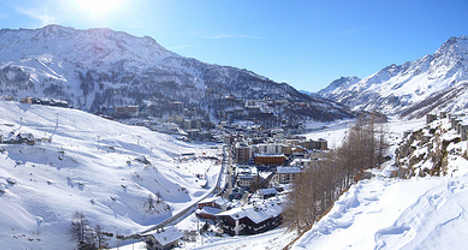
Photo: James Preston/Flickr
At the foot of the Matterhorn (Monte Cervino in Italian) lies Cervinia, one of the highest and largest resorts in the Alps. That means good snow cover, long runs – some up to 22km – and the chance to ski over to Switzerland. There are three dedicated children's ski areas, Europe's highest snowparks, and some more challenging options for advanced skiers.
Madonna di Campiglio, Dolomites
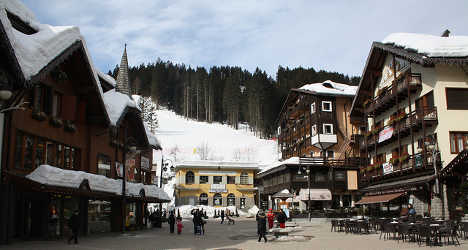
Photo: ItaliaABC/Flickr
Relatively isolated compared to other Dolomite resorts, this popular resort offers the combination of a charming pedestrianized town and large variety of slopes, including a 1000-metre descent.
Sauze D'Oulz, Val di Susa
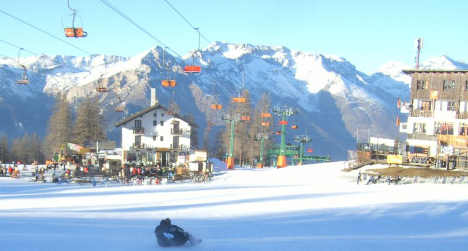
Photo: Peter Fordham/Flickr
Just 80km from Turin and one of five villages making up the lift-linked 'Milky Way' ski area, Sauze offers access to over 400km of ski slopes, whilst the options for après-ski include excellent Italian restaurants, bars and clubs.
La Thuile, Aosta Valley
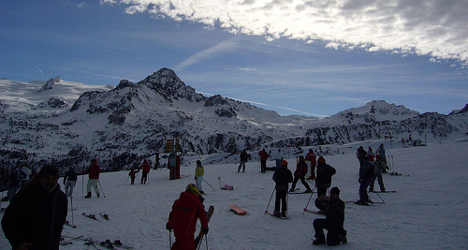
Photo: foshie/Flickr
Based in a quiet, old mining village, La Thuile makes for an uncrowded ski experience – but there's no need to get bored, as you can ski across to La Rosière in France, or other resorts in the Aosta Valley including Courmayeur and Pila. There are lots of options for anyone learning to ski, and for experts, there's a snowpark which encourages visitors to “unleash their creativity with a touch of madness”.
Livigno, Alps
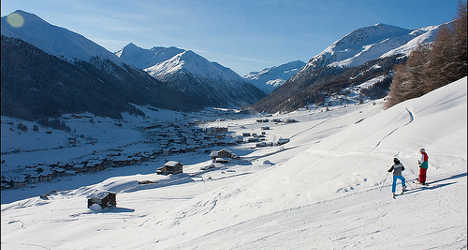
Photo: acidka/Flickr
Located high in the Italian Alps, Livigno offers stunning views and a range of runs for skiers and snowboarders of all abilities, as well as the 'Mega Fun Park 2' terrain park.
Abetone, Northern Tuscany
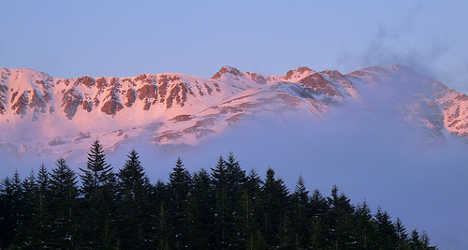
Photo: lo.tangelini/Flickr
Not far from Florence, Pisa or Siena, the Apennine resort will challenge your perceptions of Tuscany. It's the hometown of world champion skier Zeno Colò and offers about 50km of slopes. There are other activities on offer, including hiking and snowmobile trips, and you can easily arrange trips to the medieval towns and villages in the area to keep any non-skiers in your group entertained.
Val Gardena, Dolomites
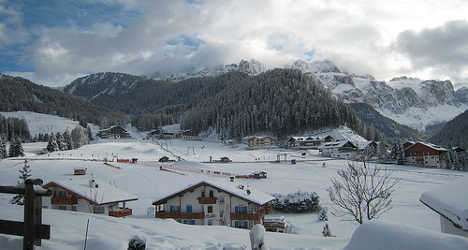
Photo: Val Gardena – Groeden Marketing/Flickr
Val Gardena offers a large range of options for alpine excursions, freestyle and snowboarding as well as connections to the rest of the Dolomites. Picturesque mountain huts house most of the accommodation, restaurants and bars.
Monterosa, Alps
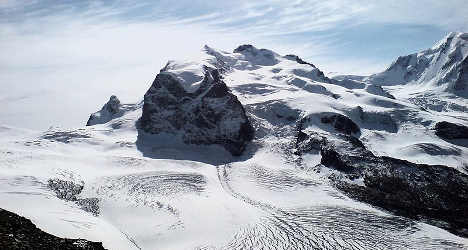
Photo: Zacharie Grossen/Wikimedia Commons
Three valleys make up the Monterosa resort, spread across Valle d'Aosta and Piedmont. Many of its runs are well-suited to beginner-level skiers, but if you're advanced – or prefer cross-country skiing or even snowboarding – head to the Passo dei Salati. Expect long runs, uncrowded slopes and stunning mountain scenery.
Mount Etna, Sicily
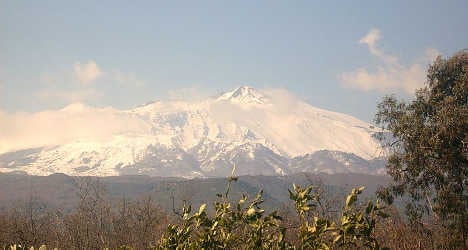
Photo: Jeanne boleyn/Wikimedia Commons
Fancy ticking 'ski down a volcano' off your bucket list? The high altitude of Etna means you should get great snow cover, and although there's less choice and variety compared to the larger resorts, it will be a unique experience. Plus, you can spend the rest of the trip exploring everything that Sicily has to offer.
Kronplatz, Dolomites
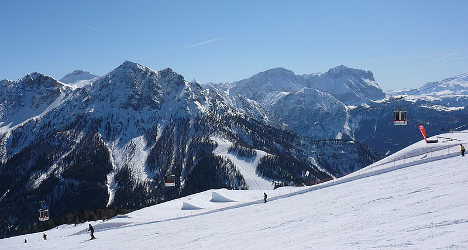
Photo: Chroustik2/Flickr
As well as lying in the heart of Europe's biggest cross-country ski trail system, Kronplatz also offers outdoor ice rinks, sledging and tandem paragliding.
A version of this article was first published in December 2013. The original version can be viewed here.

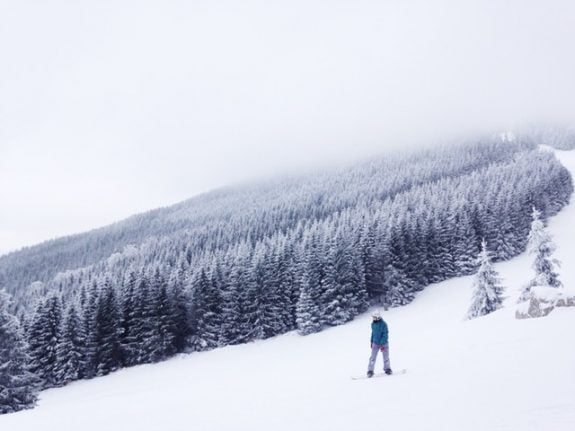

 Please whitelist us to continue reading.
Please whitelist us to continue reading.
Member comments